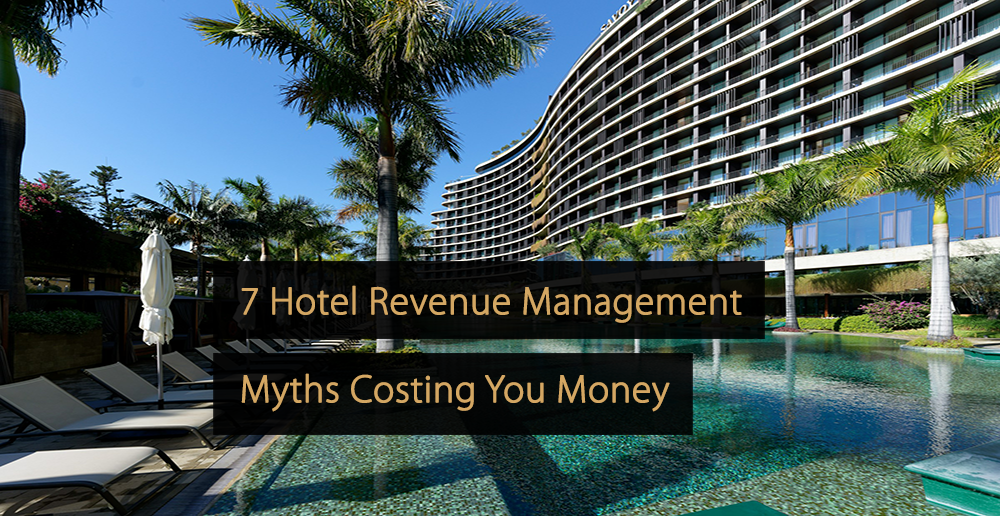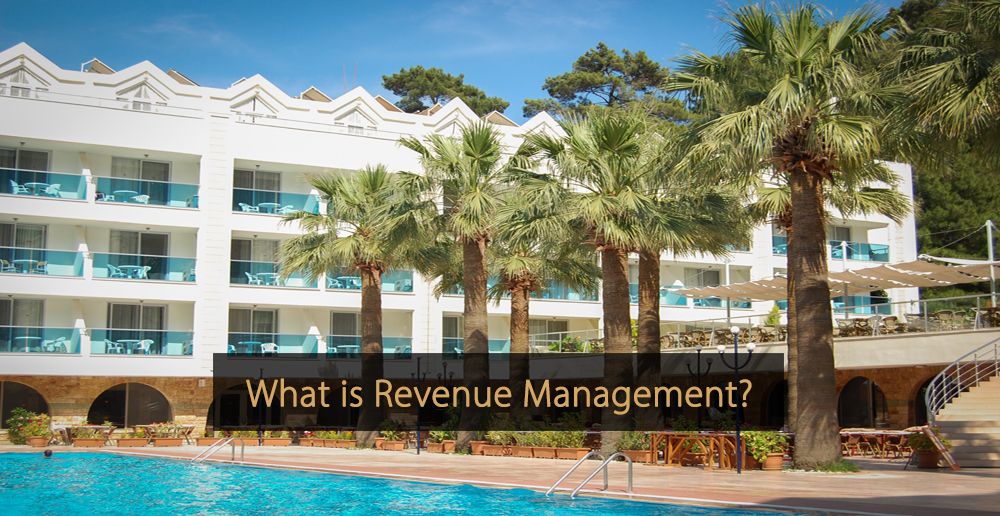Every day, in conversations with hoteliers like you, we hear the same revenue beliefs pop up. Old habits and assumptions that quietly drain profits, cost bookings, and steal the hours you’d rather spend delighting guests. It’s time to change that.
In this article, you’ll learn seven of the most common misconceptions in revenue management and how to replace them with better strategies to boost RevPAR, set rates with confidence, and win back time for what matters most.
Myth 1: “Maximizing Occupancy Is Always the Goal”
Reality: The real target is RevPAR (revenue per available room), not a full house at any cost. RevPAR blends rate and occupancy for the full picture. Sometimes, charging more for fewer rooms means more profit and less work.
Quick example (50 rooms):
- 100% at €80 = €4,000 (RevPAR €80)
- 80% at €120 = €4,800 (RevPAR €96) → More revenue, less turnover hassle.
Do this instead:
- Track RevPAR alongside occupancy and ADR daily.
- Recognize that your most profitable day might be less than full.
- Celebrate RevPAR wins, not just sell-outs.
Myth 2: “On Peak Nights, Just Charge the Maximum”
Reality: Pushing peak-night rates sky-high can leave shoulder nights underperforming. Strategic stay controls (like MinLOS) can stretch demand across the whole weekend.
Do this instead:
- Add a minimum length of stay on peak nights to fill the shoulders.
- Check pickup daily and ease restrictions if demand dips.
Myth 3: “Price Just Below the Competition to Win”
Reality: Undercutting competitors often triggers a price war and can shrink your RevPAR. Research shows hotels’ pricing above their comp set often achieves higher overall revenue, even with slightly lower occupancy.
Do this instead:
- Keep an eye on competitors, but base prices on your own data: pace, pickup, lead time, and mix.
- Use flexible guardrails, not fixed “always 5€ less” rules.
Myth 4: “Dynamic Pricing Only Suits Big-City Hotels and Guests Hate It”
Reality: Demand shifts happen everywhere: storms, weddings, events, cancellations. Guests already experience dynamic pricing daily through flights, rideshares, and more. Fair, transparent changes are widely accepted.
Do this instead:
- Adjust rates whenever signals change—pace spikes, low inventory, or local events.
- Communicate the value (e.g., flexible policies, extras) so price shifts feel justified.
Myth 5: “A Spreadsheet Works Fine for Small Hotels”
Reality: Manual pricing can’t keep up with today’s market. It’s reactive, slow, and prone to errors. Automation gives you speed, accuracy, and time back.
Do this instead:
- Automate routine decisions like daily price updates and alerts.
- Set clear pricing rules and let technology apply them consistently.
Myth 6: “Built-in PMS Pricing Features Are All You Need”
Reality: A PMS runs operations; a Revenue Management System optimizes pricing. PMS built-in pricing tools often focus on availability and booking management rather than deep, dynamic rate optimization. Without a dedicated revenue system, you risk reacting too slowly to demand shifts.
Do this instead:
- Use your PMS for reservations, guest data, experience, and operations.
- Let an RMS handle pricing intelligence and automation.
- Connect the two, so rates and availability update instantly in both directions.
Myth 7: “A Great Revenue Manager Doesn’t Need an RMS”
Reality: The best revenue managers know that technology is their competitive edge. An RMS works alongside them, monitoring demand, competitor rates, and market shifts 24/7, so they have the insights they need the moment they need them. It’s not about replacing expertise but having more time to think strategically.
Do this instead:
- Give your revenue manager sharper, faster tools to make every decision count.
- Let automation handle the repetitive work, freeing your expert for strategic moves that grow profit.
- Use RMS intelligence to validate decisions with data-backed confidence.
Your Action Checklist for This Week
- Track RevPAR, not just occupancy.
- Smooth demand with MinLOS on peak nights.
- Base prices on your property data and demand signals, and not just competitors.
- Refresh rates often and explain the value to guests.
- Automate routine pricing and integrate systems for instant updates.
Free Guide: The Benefits of Revenue Management
By reading this guide, you will gain valuable insights into how revenue management impacts every department and learn how to implement pricing strategies that boost revenue, streamline operations, and improve guest experiences.
Click here to download the guide “The Benefits of Revenue Management”.
Leave the myths behind and put your new strategies into action. Every smart change you make now, no matter how small, can snowball into stronger revenue, smoother days, and more time for the parts of hospitality you truly love.
More Tips to Grow Your Business
Revfine.com is the leading knowledge platform for the hospitality and travel industry. Professionals use our insights, strategies, and actionable tips to get inspired, optimize revenue, innovate processes, and improve customer experience.Explore expert advice on management, marketing, revenue management, operations, software, and technology in our dedicated Hotel, Hospitality, and Travel & Tourism categories.







Leave A Comment